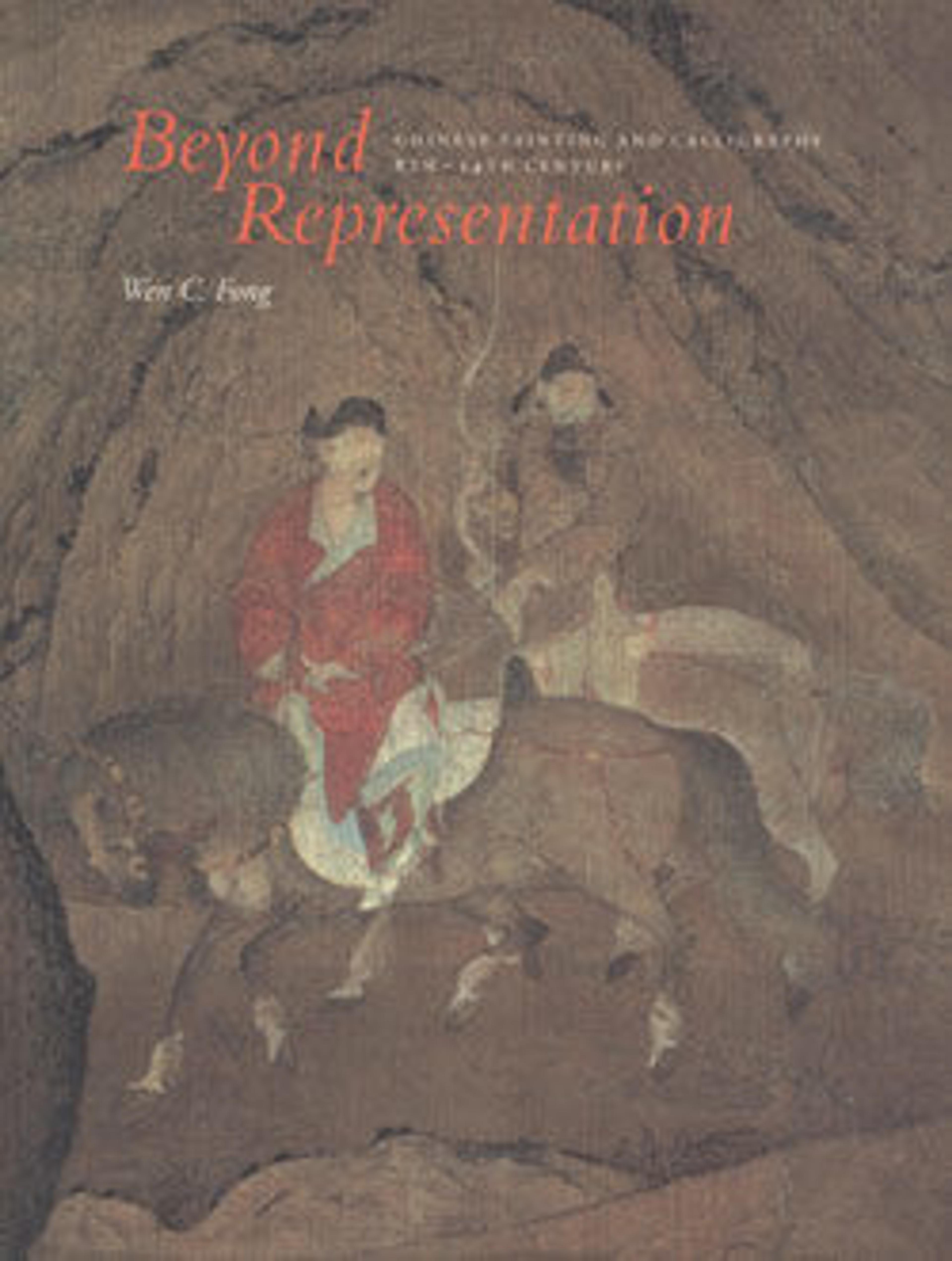Fish at play
During the reign (1101–25) of Emperor Huizong, the cultivation of rare aquarium fish came into vogue, and playful, splashing fish in plant-filled waters became a popular subject. In the Xuanhe huapu (preface dated 1120), the catalogue of Huizong’s painting collection, the author of the essay "Fishes and Dragons” decries still-life representations of fish as “objects on a kitchen table” but praises pictures of fish that “play in the wide expanse and dive in the deep.” In Fish at Play, where six slim, nimble fish flip and weave through the grasses, the painter’s genius for suggesting life and movement by the graceful deployment of elegant, curving lines is fully in evidence. Flawlessly executed, the image is at once a metaphor for and a re-creation of natural life at its freest and most spontaneous.
Artwork Details
- 宋 傳 趙克敻 藻魚圖 冊頁
- Title: Fish at play
- Artist: Attributed to Zhao Kexiong (Chinese, active early 12th century)
- Period: Southern Song dynasty (1127–1279)
- Date: 12th–late 13th century
- Culture: China
- Medium: Album leaf; ink and color on silk
- Dimensions: Image: 8 7/8 x 9 7/8 in. (22.5 x 25.1 cm)
- Classification: Paintings
- Credit Line: John Stewart Kennedy Fund, 1913
- Object Number: 13.100.110
- Curatorial Department: Asian Art
More Artwork
Research Resources
The Met provides unparalleled resources for research and welcomes an international community of students and scholars. The Met's Open Access API is where creators and researchers can connect to the The Met collection. Open Access data and public domain images are available for unrestricted commercial and noncommercial use without permission or fee.
To request images under copyright and other restrictions, please use this Image Request form.
Feedback
We continue to research and examine historical and cultural context for objects in The Met collection. If you have comments or questions about this object record, please complete and submit this form. The Museum looks forward to receiving your comments.
